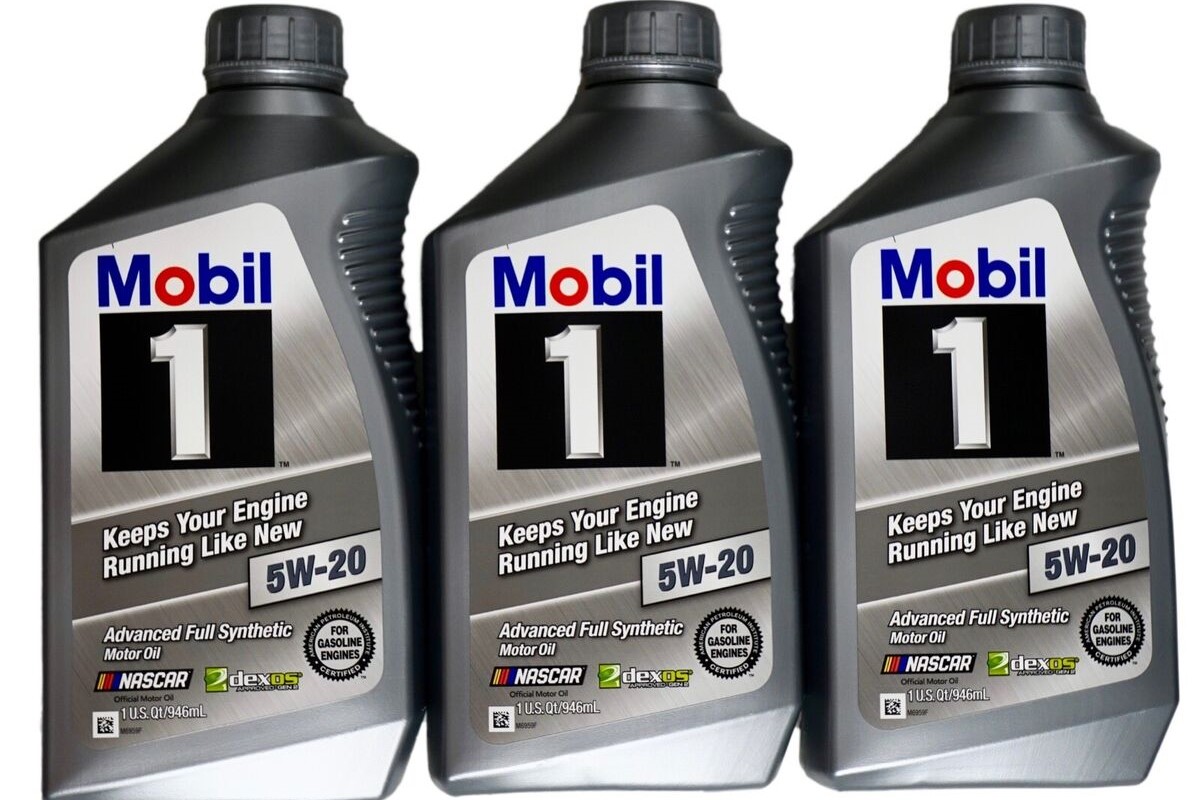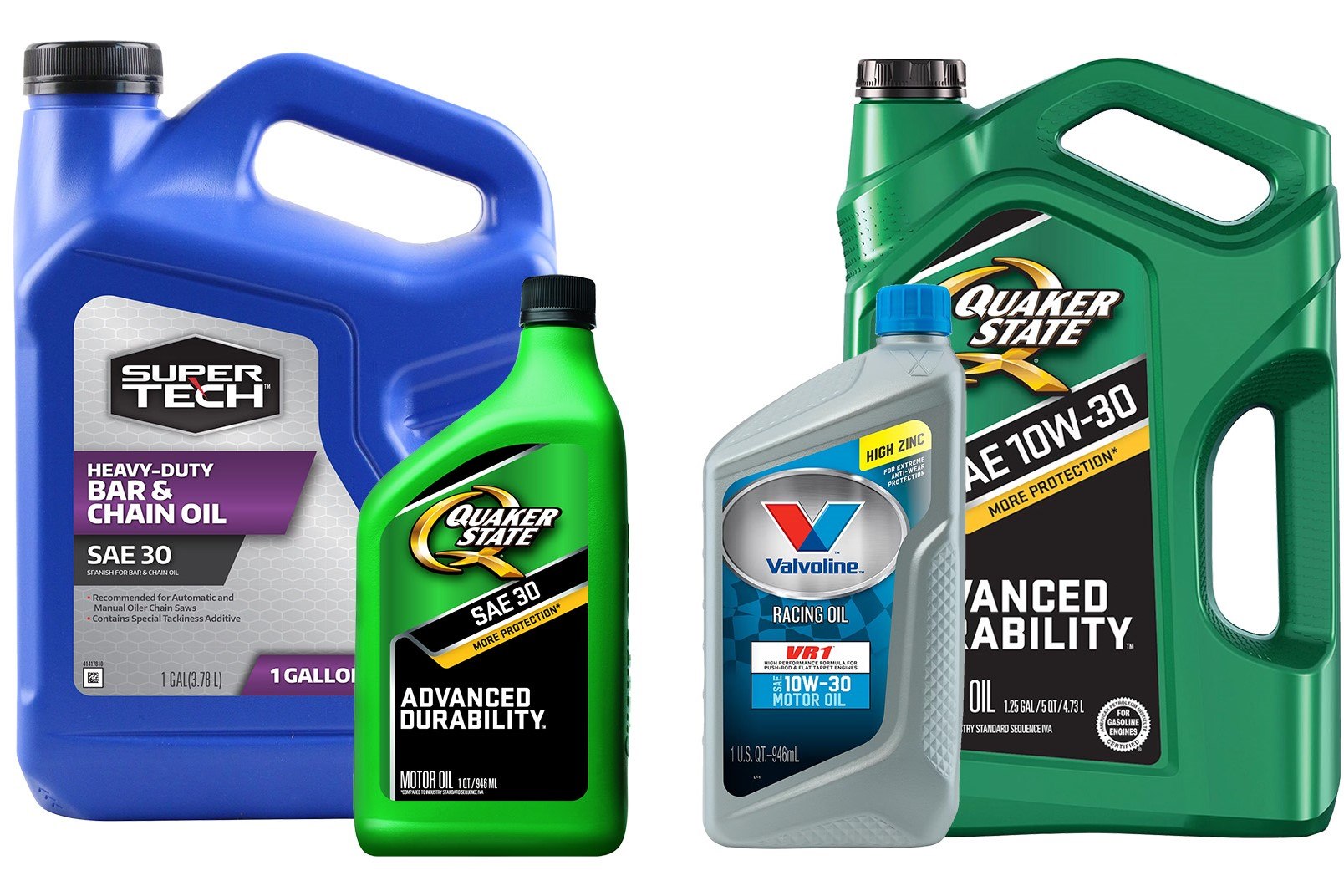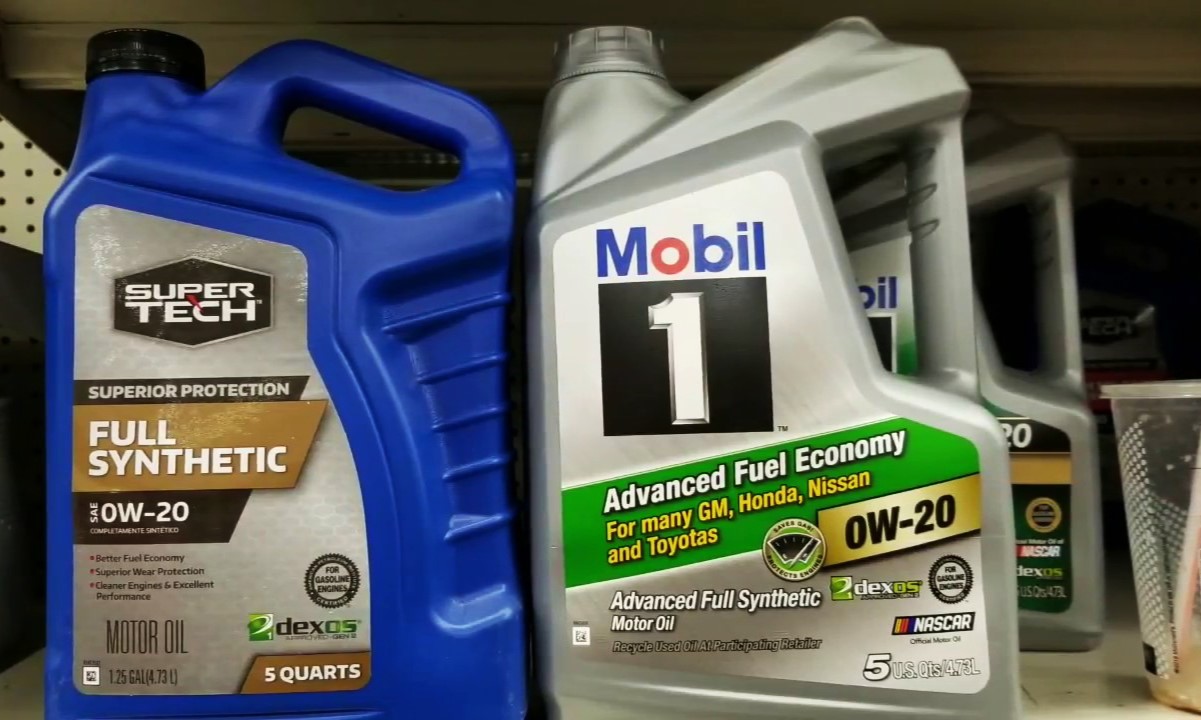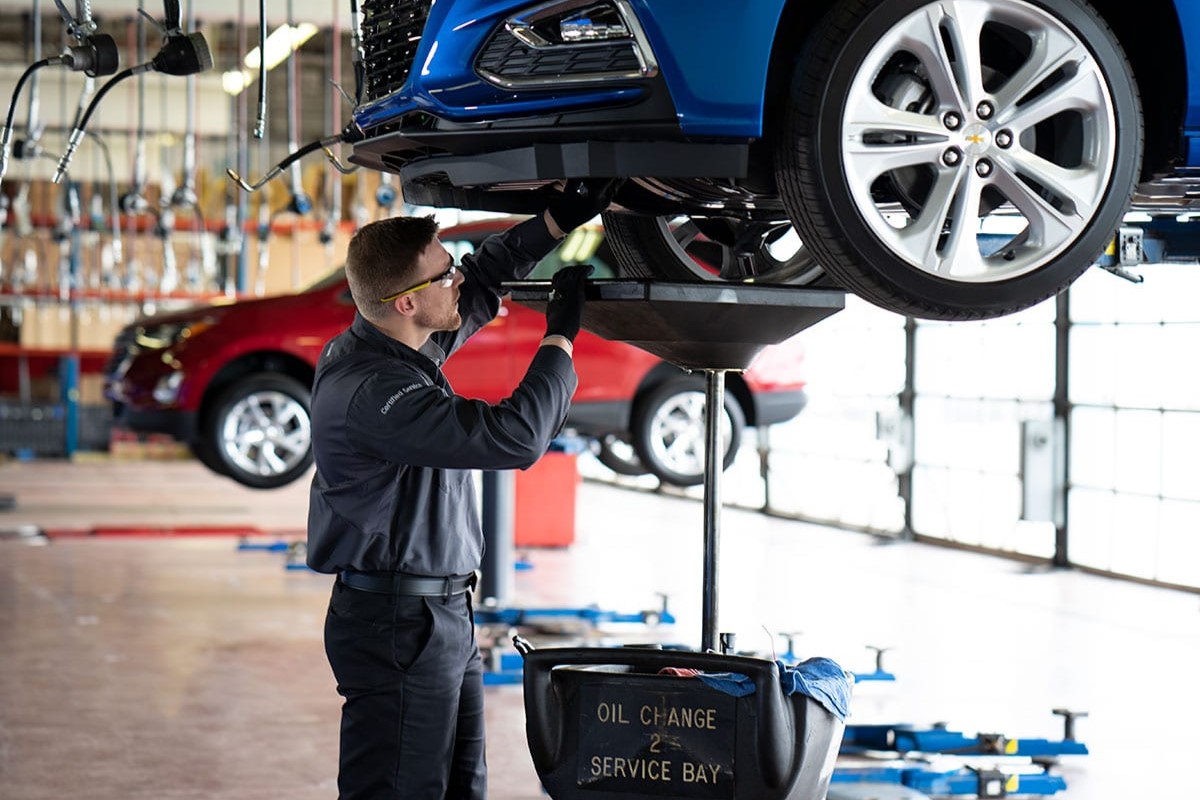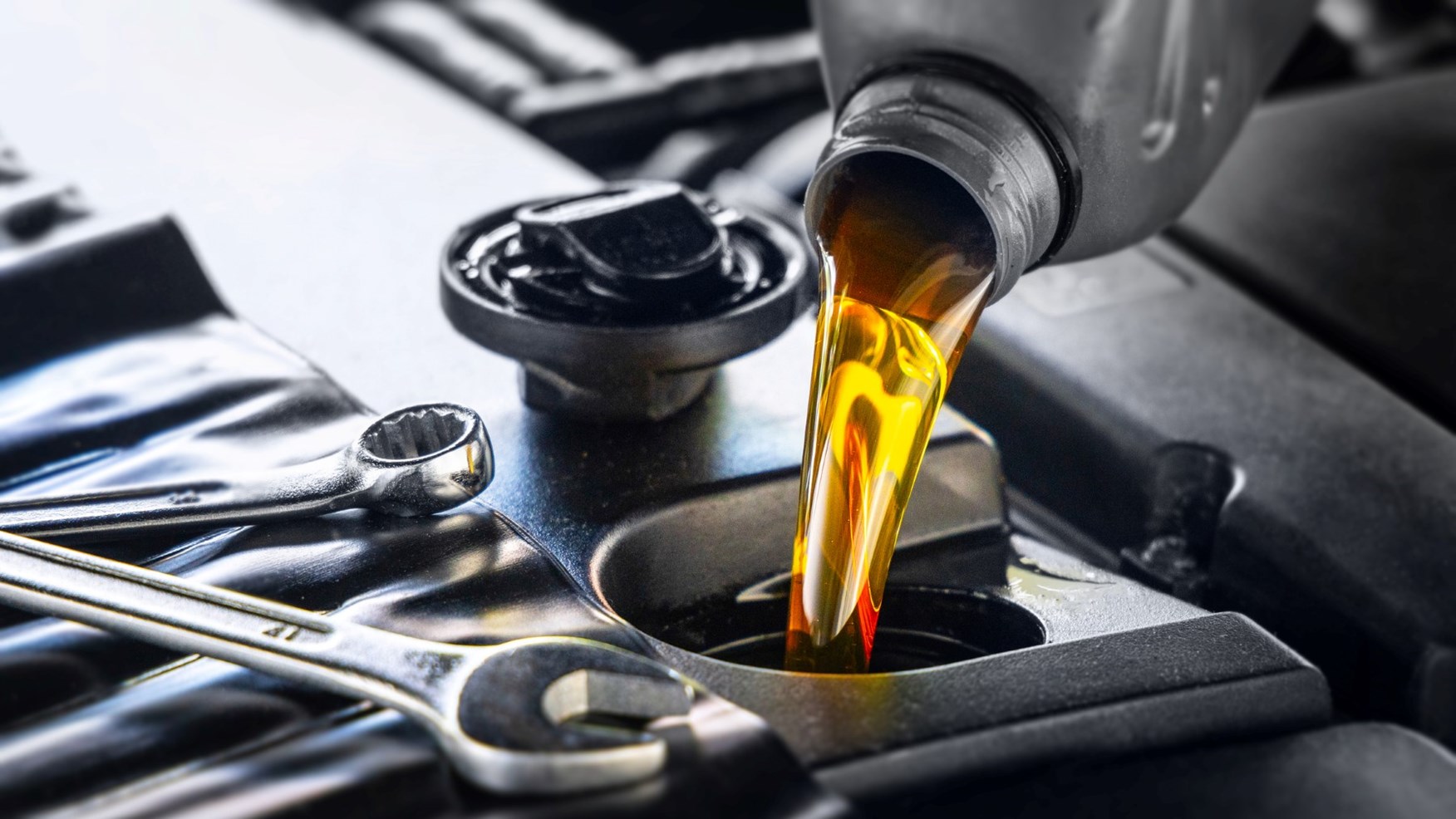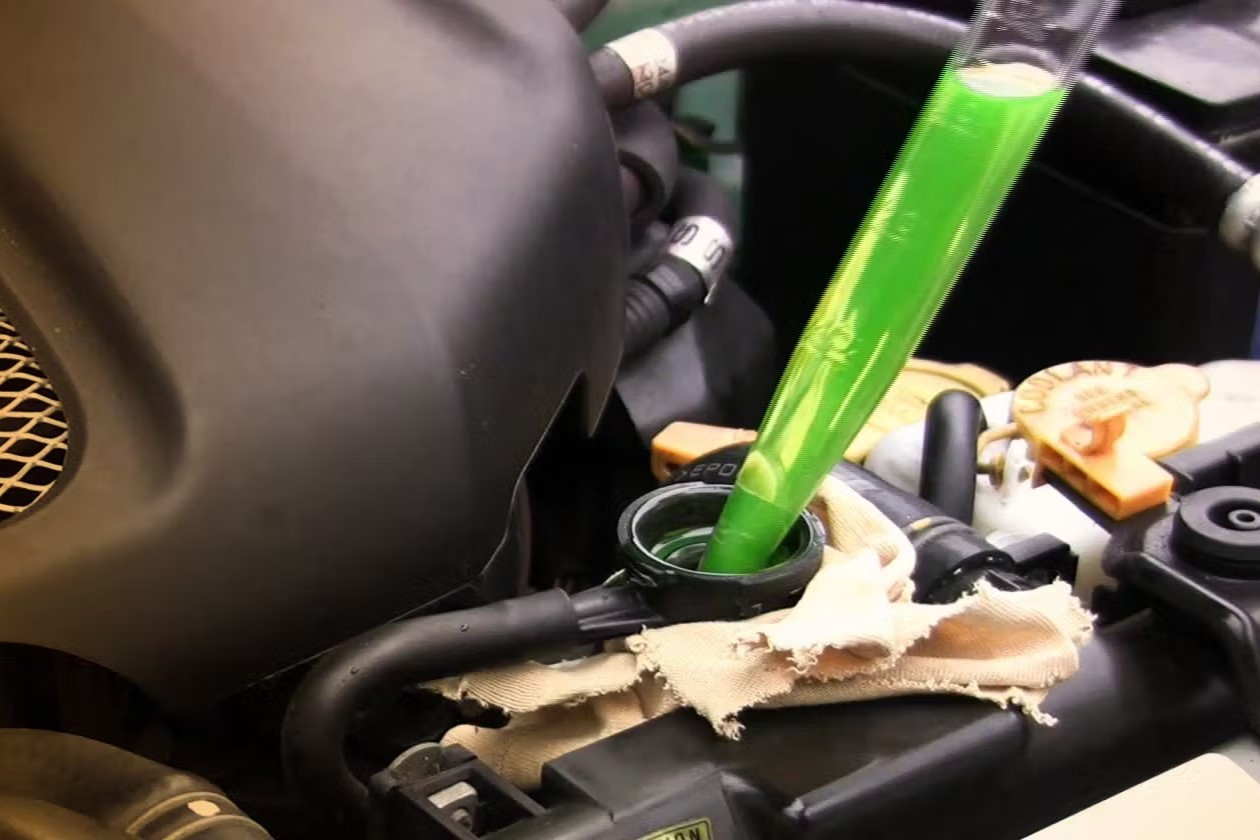Home>Automotive>The Surprising Truth About Mixing 5W30 And 5W20 Oil Before An Oil Change
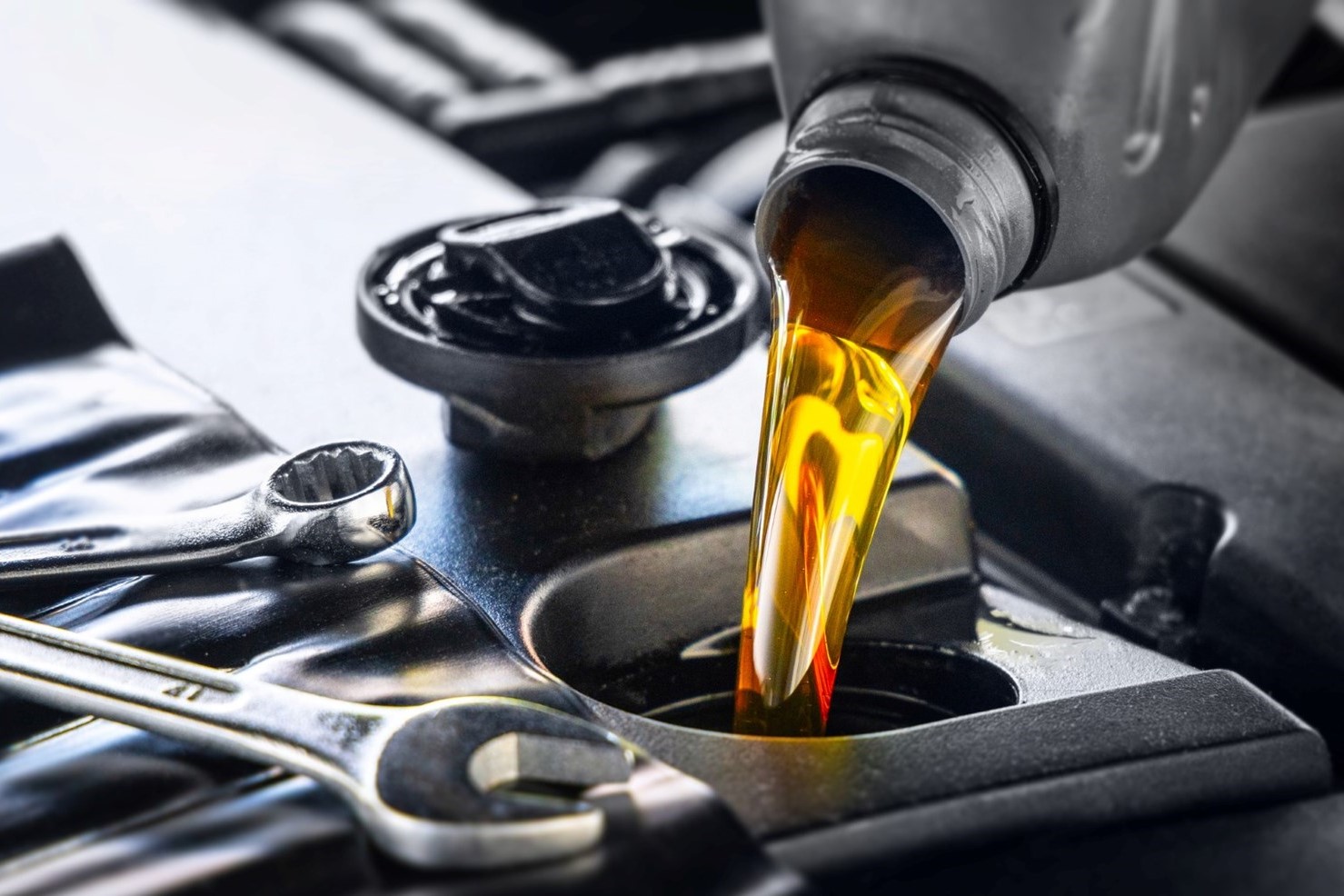

Automotive
The Surprising Truth About Mixing 5W30 And 5W20 Oil Before An Oil Change
Modified: March 3, 2024
Discover the surprising truth about mixing 5W30 and 5W20 oil before an oil change in the automotive industry. Learn the dos and don'ts to avoid potential issues.
(Many of the links in this article redirect to a specific reviewed product. Your purchase of these products through affiliate links helps to generate commission for Noodls.com, at no extra cost. Learn more)
Table of Contents
Introduction
When it comes to maintaining our vehicles, one of the most crucial aspects is ensuring that the engine is properly lubricated with the right type of oil. Many car owners diligently follow the manufacturer's recommendations for oil changes, adhering to the specified viscosity and type. However, there are instances where individuals may find themselves questioning the compatibility of different oil viscosities, particularly 5W30 and 5W20, and whether it is acceptable to mix them before an oil change.
This topic often sparks debate and confusion among car enthusiasts and owners. The idea of mixing different oil viscosities can seem counterintuitive, leading to concerns about potential damage to the engine. As such, it's essential to delve deeper into this subject to gain a comprehensive understanding of the implications associated with blending 5W30 and 5W20 oils before an oil change.
In the following sections, we will explore the characteristics of 5W30 and 5W20 oils, the potential impact of mixing them, as well as the risks and benefits involved. By shedding light on these aspects, we aim to provide clarity and guidance for car owners facing this dilemma. Furthermore, we will outline best practices for oil changes, empowering individuals to make informed decisions when it comes to maintaining their vehicle's engine health.
Let's embark on this journey to uncover the surprising truth about the compatibility of 5W30 and 5W20 oils before an oil change, unraveling the myths and realities surrounding this common automotive conundrum.
Understanding 5W30 and 5W20 Oil
To comprehend the significance of 5W30 and 5W20 oils in the context of an oil change, it's essential to grasp the characteristics and functions of these specific viscosities. The "5W" designation in both oils refers to their winter viscosity grade, indicating how effectively they flow in cold temperatures. This is crucial as it impacts the engine's ability to start smoothly in chilly weather, ensuring optimal lubrication during initial startups.
5W30 oil is a popular choice for many vehicles due to its versatile nature. The "5W" rating denotes that it has a relatively thin viscosity when cold, allowing it to circulate quickly upon startup. As the engine warms up, it transitions to a thicker viscosity, providing robust lubrication and protection during operation. This flexibility makes 5W30 oil suitable for a wide range of driving conditions, from cold winters to hot summers, offering reliable engine performance and longevity.
On the other hand, 5W20 oil possesses similar cold-flow properties, but with a slightly thinner viscosity compared to 5W30. This lighter viscosity facilitates enhanced fuel efficiency and reduced friction within the engine, contributing to improved gas mileage and lower emissions. Consequently, many newer vehicle models are engineered to accommodate 5W20 oil, aligning with manufacturers' emphasis on environmental sustainability and enhanced engine efficiency.
Understanding the distinctions between these two oil viscosities is pivotal in making informed decisions regarding oil changes. While both oils share the same cold-start performance benefits, they differ in their operating viscosities, impacting factors such as engine protection, fuel economy, and environmental considerations.
By delving into the unique attributes of 5W30 and 5W20 oils, individuals gain valuable insights into the nuanced characteristics that influence their compatibility and performance within the engine. This understanding serves as a solid foundation for evaluating the implications of mixing these oils before an oil change, paving the way for informed choices that align with the specific requirements of the vehicle and its engine.
The Impact of Mixing 5W30 and 5W20 Oil
Mixing 5W30 and 5W20 oils can have significant implications for the engine's lubrication and overall performance. When these two viscosities are combined, they create a blend that falls somewhere between the characteristics of 5W30 and 5W20 oils. This hybrid viscosity may impact the engine's ability to operate optimally under varying conditions.
One potential impact of mixing 5W30 and 5W20 oils is the alteration of the oil's flow properties. The resulting viscosity may deviate from the manufacturer's specified oil grade, potentially affecting the engine's lubrication and wear protection. While this blend may still offer adequate cold-start performance, the operating viscosity during warm conditions could be compromised, potentially impacting the engine's longevity and efficiency.
Furthermore, the additive packages present in 5W30 and 5W20 oils are tailored to their specific viscosities, catering to the engine's lubrication needs under different operating conditions. When these oils are mixed, there is a possibility of diluting or altering the effectiveness of these additives, which are essential for maintaining the engine's cleanliness, reducing friction, and preventing wear. This could lead to suboptimal lubrication and potential long-term consequences for the engine's internal components.
In addition, the compatibility of the oil blend with engine seals and gaskets must be considered. The differing chemical compositions of 5W30 and 5W20 oils may interact in unpredictable ways when mixed, potentially impacting the integrity and performance of seals and gaskets. This could result in oil leaks and compromised engine sealing, leading to potential issues such as decreased oil pressure and increased risk of engine damage.
Moreover, the impact of mixing these oils extends beyond the engine itself. Modern vehicles often feature advanced emission control systems, which rely on precise engine lubrication to function effectively. Any deviation from the manufacturer's recommended oil viscosity and type could potentially affect the performance and longevity of these emission control components, leading to increased emissions and reduced environmental compliance.
It is important to note that the specific impact of mixing 5W30 and 5W20 oils can vary depending on the vehicle's make and model, as well as the driving conditions and climate. While some engines may tolerate the blended viscosity without immediate noticeable issues, the long-term effects on engine performance and durability cannot be overlooked.
In light of these potential impacts, it is crucial for car owners to consider the compatibility and implications of mixing 5W30 and 5W20 oils before proceeding with an oil change. Understanding the complexities and potential consequences of this practice is essential for making informed decisions that prioritize the long-term health and performance of the vehicle's engine.
Potential Risks and Benefits
The potential risks and benefits associated with mixing 5W30 and 5W20 oils before an oil change are multifaceted, encompassing various aspects of engine performance, longevity, and environmental considerations. Understanding these factors is crucial for car owners seeking to navigate the complexities of oil maintenance and make informed decisions that align with their vehicle's specific requirements.
Potential Risks
Mixing 5W30 and 5W20 oils introduces the risk of altering the oil's viscosity and additive composition, potentially compromising the engine's lubrication and wear protection. This deviation from the manufacturer's specified oil grade could impact the engine's operating efficiency and longevity, leading to potential long-term consequences for its internal components.
Furthermore, the potential interaction of the blended oil with engine seals and gaskets poses a risk of compromising their integrity, potentially resulting in oil leaks and decreased engine sealing effectiveness. This could lead to issues such as reduced oil pressure and increased risk of engine damage, necessitating costly repairs and maintenance.
In addition, the impact of mixed oil on advanced emission control systems is a significant concern. Any deviation from the recommended oil viscosity and type may affect the performance and longevity of these components, potentially leading to increased emissions and environmental non-compliance.
Potential Benefits
While the risks of mixing 5W30 and 5W20 oils are substantial, there are potential benefits that may be considered in certain scenarios. In some cases, the blended viscosity may still provide adequate cold-start performance, allowing the engine to operate smoothly in varying weather conditions. This can be advantageous for individuals facing unexpected oil shortage situations, where mixing oils becomes a temporary solution to maintain engine lubrication.
Additionally, for older vehicles with high mileage and potential oil consumption issues, a blended viscosity may offer a practical approach to address oil thinning and maintain consistent lubrication. In these instances, careful consideration of the potential benefits and drawbacks of mixing oils is essential, ensuring that the decision aligns with the vehicle's specific needs and operating conditions.
It is important to note that while there may be potential benefits in specific circumstances, the risks associated with mixing 5W30 and 5W20 oils often outweigh the perceived advantages. As such, careful evaluation and consideration of the implications are crucial for car owners before proceeding with any oil blending practices.
By weighing the potential risks and benefits of mixing 5W30 and 5W20 oils, individuals can make informed decisions that prioritize the long-term health and performance of their vehicle's engine, aligning with the manufacturer's recommendations and industry best practices.
Best Practices for Oil Changes
When it comes to maintaining the health and longevity of a vehicle's engine, adhering to best practices for oil changes is paramount. By following these guidelines, car owners can ensure that their engines receive the optimal lubrication and protection they need to operate efficiently and durably.
-
Adhere to Manufacturer Recommendations: The first and foremost best practice for oil changes is to adhere to the manufacturer's recommendations regarding oil type, viscosity, and change intervals. Manufacturers design engines with specific oil requirements to ensure optimal performance and longevity. By following these guidelines, car owners can maintain the engine's warranty, prevent potential issues, and maximize the vehicle's lifespan.
-
Use High-Quality Oil: When performing an oil change, it is essential to use high-quality oil that meets the manufacturer's specifications. High-quality oils contain the necessary additives and properties to provide effective lubrication, reduce friction, and protect the engine against wear and corrosion. Additionally, using the correct viscosity, such as 5W30 or 5W20, ensures that the oil can flow optimally in various temperature conditions, safeguarding the engine during cold starts and high-temperature operation.
-
Avoid Mixing Different Oil Viscosities: As discussed earlier, mixing different oil viscosities, such as 5W30 and 5W20, can introduce potential risks to the engine's lubrication and performance. Therefore, it is advisable to refrain from blending oils of different viscosities, as this practice may compromise the engine's efficiency and long-term durability.
-
Check for Oil Leaks and Abnormalities: During an oil change, car owners should inspect the engine for any signs of oil leaks, abnormal oil consumption, or unusual engine noises. Addressing these issues promptly can prevent potential damage and ensure that the engine remains properly lubricated and protected.
-
Replace Oil Filter Regularly: In addition to changing the oil, it is crucial to replace the oil filter at recommended intervals. The oil filter plays a vital role in trapping contaminants and impurities, preventing them from circulating through the engine. Regular replacement of the oil filter helps maintain optimal oil cleanliness and engine performance.
-
Consider Environmental Disposal: Proper disposal of used oil and oil filters is essential for environmental conservation. Car owners should adhere to local regulations for disposing of used oil and filters, ensuring that they are recycled or disposed of responsibly to minimize environmental impact.
By embracing these best practices for oil changes, car owners can uphold the health and performance of their vehicles' engines, promoting longevity and reliability. Adhering to manufacturer recommendations, utilizing high-quality oil, and prioritizing proper maintenance procedures are key steps in safeguarding the engine's well-being and optimizing the overall driving experience.
Conclusion
In conclusion, the compatibility and implications of mixing 5W30 and 5W20 oils before an oil change present a complex and nuanced subject for car owners to navigate. The surprising truth lies in the potential risks and benefits associated with this practice, as well as the overarching impact on engine performance, longevity, and environmental considerations.
While the potential benefits of blending oils may offer temporary solutions in certain scenarios, such as addressing oil shortage situations or mitigating oil thinning in older vehicles, the risks of compromising the engine's lubrication, additive effectiveness, and compatibility with critical components far outweigh these perceived advantages. The potential consequences, including altered viscosity, compromised engine sealing, and implications for emission control systems, underscore the importance of adhering to manufacturer recommendations and industry best practices for oil changes.
By understanding the distinctive characteristics of 5W30 and 5W20 oils, car owners can make informed decisions that prioritize the long-term health and performance of their vehicle's engine. Adhering to best practices, such as utilizing high-quality oil, replacing the oil filter regularly, and avoiding the mixing of different oil viscosities, is essential for safeguarding the engine's well-being and maximizing its lifespan.
Ultimately, the surprising truth about mixing 5W30 and 5W20 oils before an oil change emphasizes the significance of informed decision-making and adherence to manufacturer guidelines. By prioritizing the engine's specific requirements and maintaining a proactive approach to oil maintenance, car owners can ensure that their vehicles operate at peak performance, with optimal lubrication and protection for countless miles ahead.
